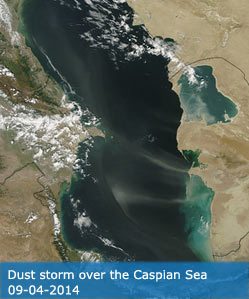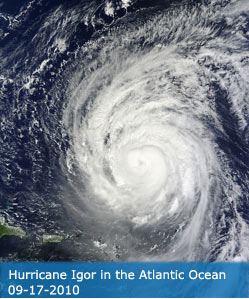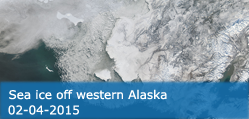Science Team
Publications
Xia, CF; Zhou, WW; Shu, QT; Wu, ZK; Wang, MX; Xu, L; Yang, ZD; Yu, JG; Song, HY; Duan, DD (2024). Unlocking vegetation health: optimizing GEDI data for accurate chlorophyll content estimation. FRONTIERS IN PLANT SCIENCE, 15, 1492560.
Abstract
Chlorophyll content is a vital indicator for evaluating vegetation health and estimating productivity. This study addresses the issue of Global Ecosystem Dynamics Investigation (GEDI) data discreteness and explores its potential in estimating chlorophyll content. This study used the empirical Bayesian Kriging regression prediction (EBKRP) method to obtain the continuous distribution of GEDI spot parameters in an unknown space. Initially, 52 measured sample data were employed to screen the modeling parameters with the Pearson and RF methods. Next, the Bayesian optimization (BO) algorithm was applied to optimize the KNN regression model, RFR model, and Gradient Boosting Regression Tree (GBRT) model. These steps were taken to establish the most effective RS estimation model for chlorophyll content in Dendrocalamus giganteus (D. giganteus). The results showed that: (1) The R-2 of the EBKRP method was 0.34 similar to 0.99, RMSE was 0.012 similar to 3,134.005, rRMSE was 0.011 similar to 0.854, and CRPS was 965.492 similar to 1,626.887. (2) The Pearson method selects five parameters (cover, pai, fhd_normal, rv, and rx_energy_a3) with a correlation greater than 0.37. The RF method opts for five parameters (cover, fhd_normal, sensitivity, rh100, and modis_nonvegetated) with a contribution threshold greater than 5.5%. (3) The BO-GBRT model in the RF method was used as the best estimation model (R-2 = 0.86, RMSE = 0.219 g/m(2), rRMSE = 0.167 g/m(2), p = 84.13%) to estimate and map the chlorophyll content of D. giganteus in the study area. The distribution range is 0.20 similar to 2.50 g/m(2). The findings aligned with the distribution of D. giganteus in the experimental area, indicating the reliability of estimating forest biochemical parameters using GEDI data.
DOI:
10.3389/fpls.2024.1492560
ISSN:
1664-462X




